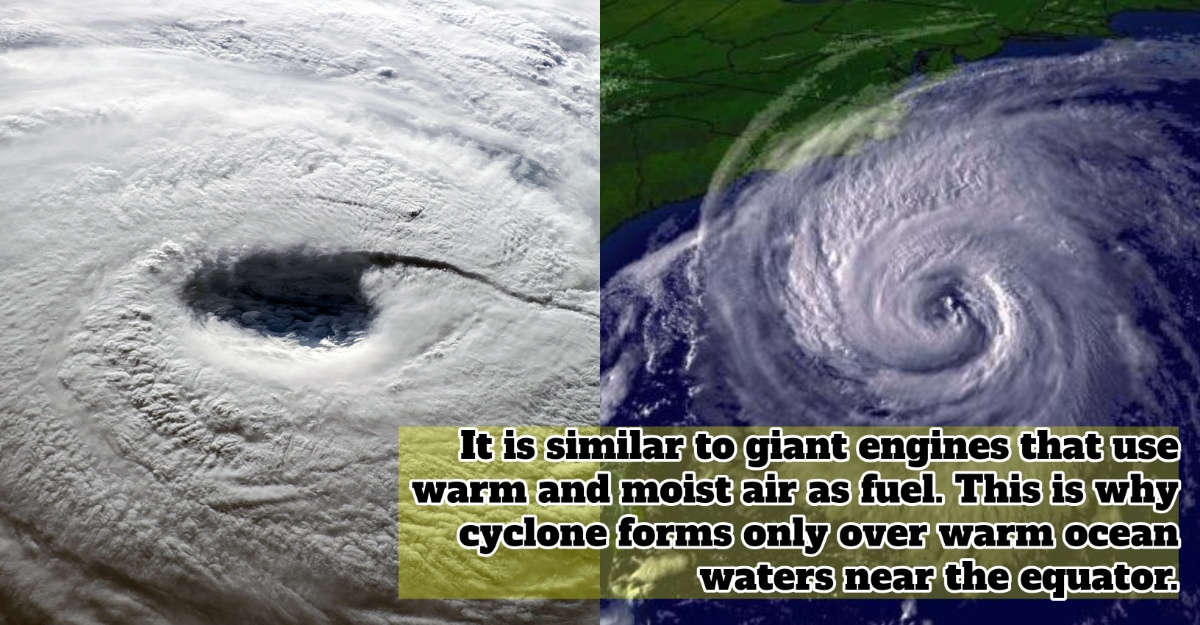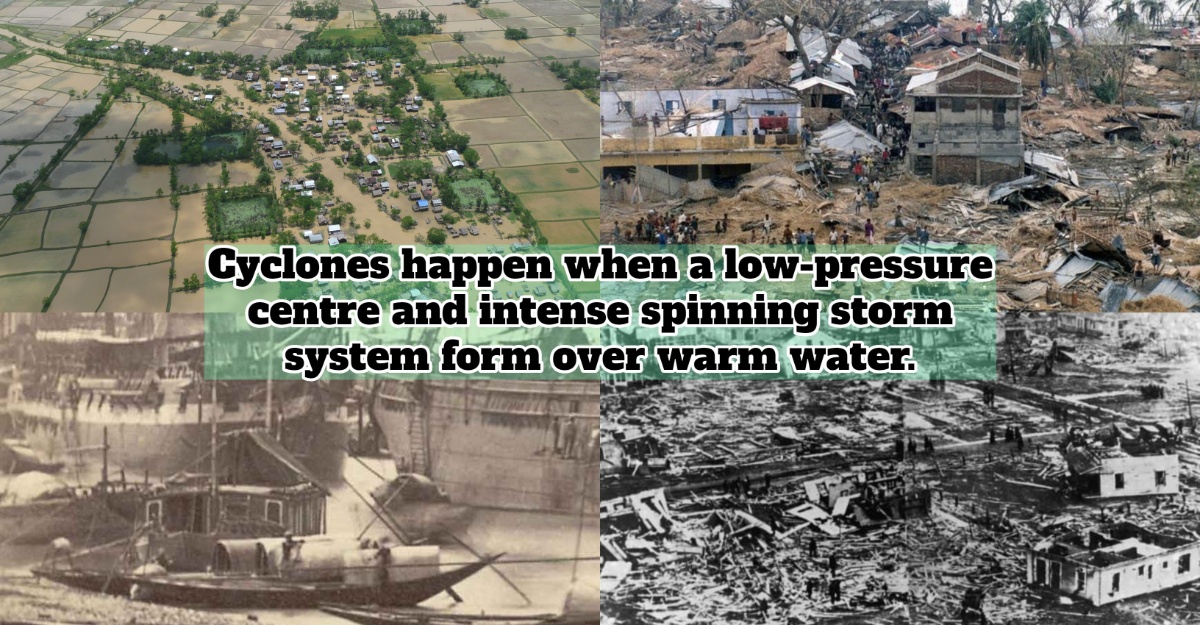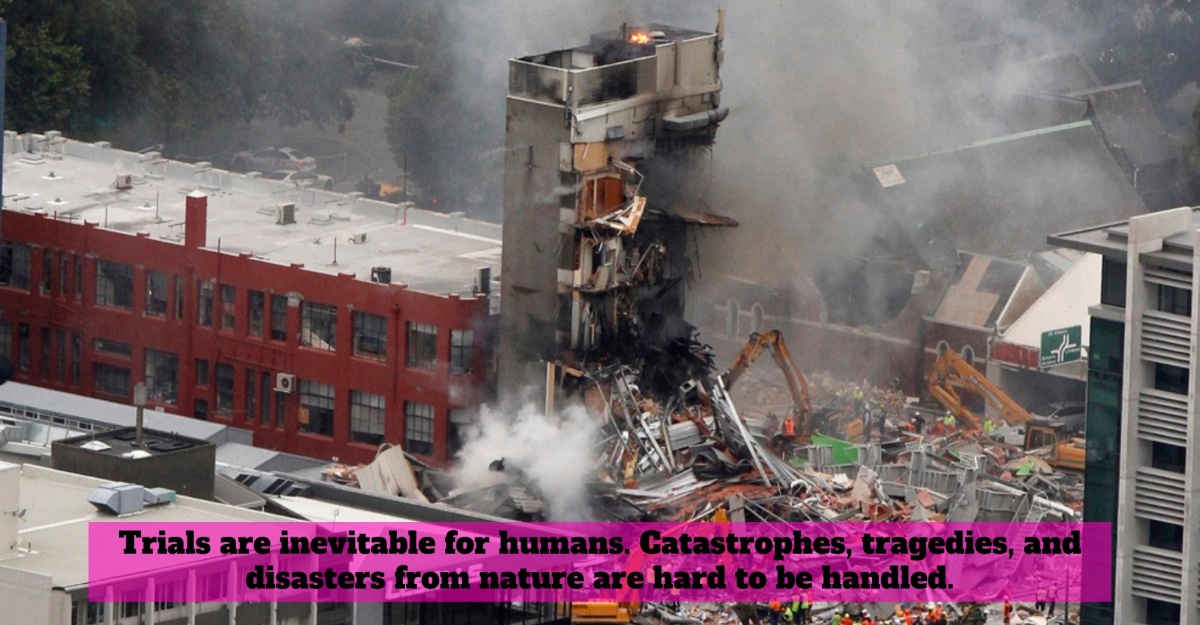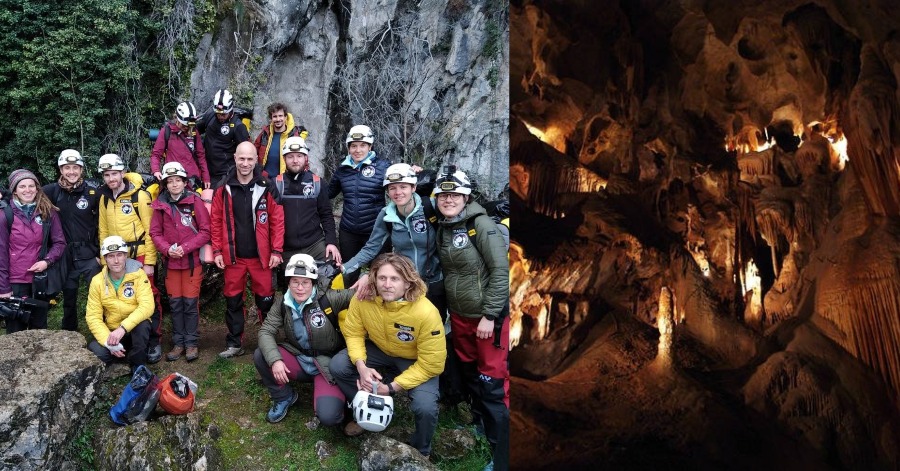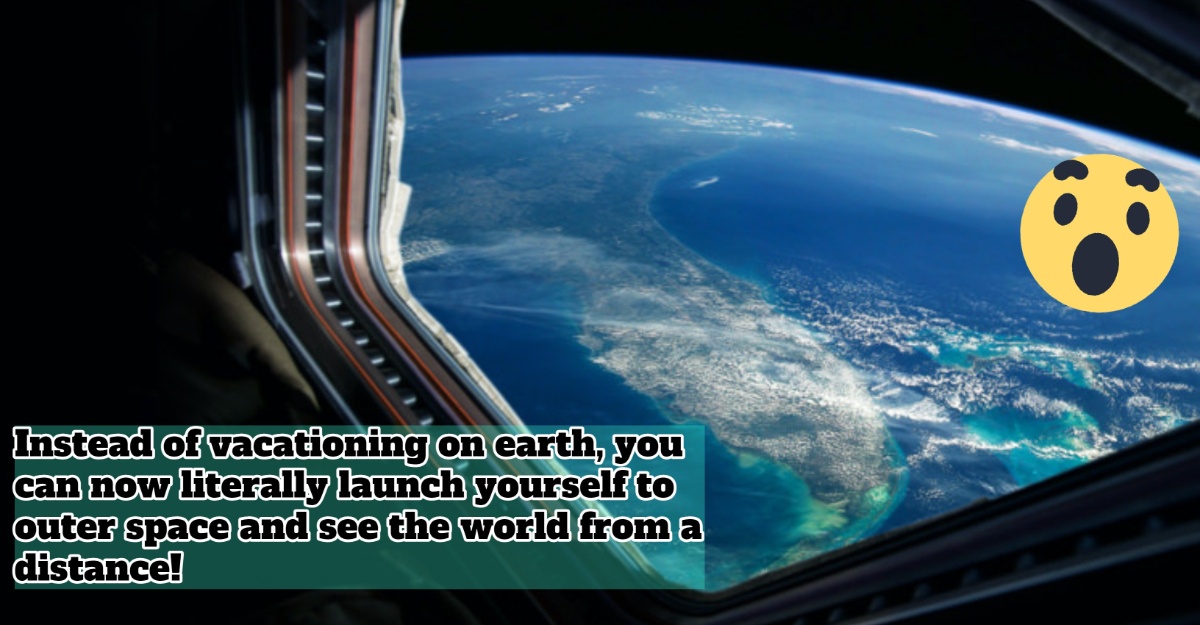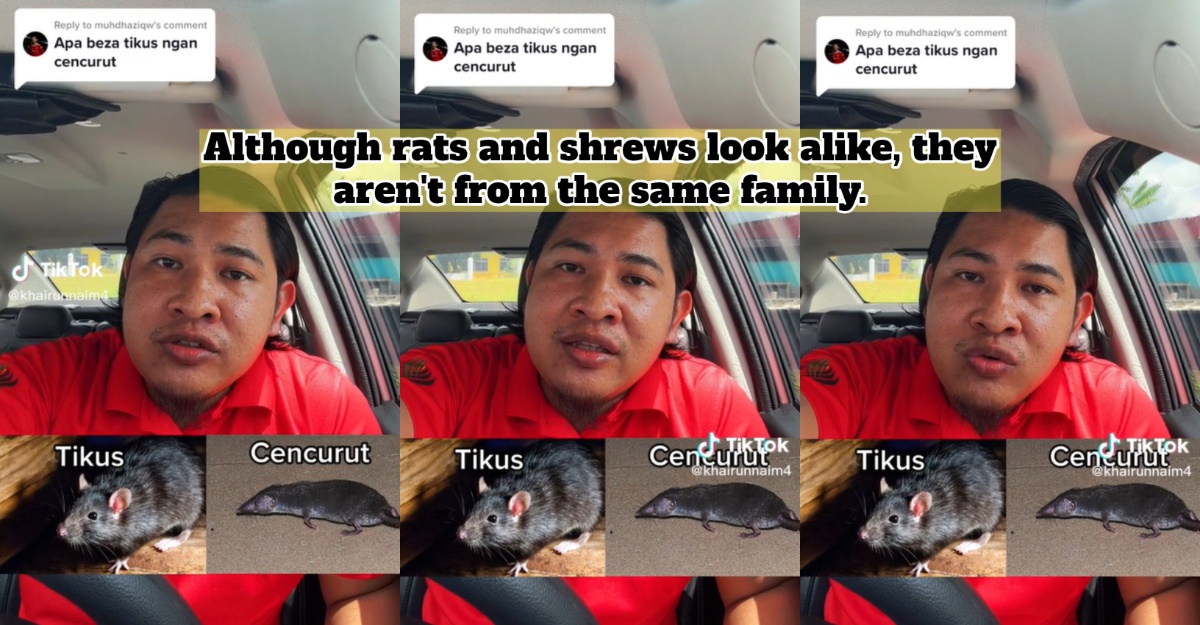Tropical cyclones are one of the phenomena that cause much damage and chaos to the affected area. Other names for this disaster are hurricanes and typhoons. However, the scientific term for this mayhem is tropical cyclone.
The world has witnessed numerous worst cyclones. It has killed millions of lives and put people to starvation. But do you know how tropical cyclones occur?
The history of tropical cyclones
It is similar to giant engines that use warm and moist air as fuel. This is why cyclone forms only over warm ocean waters near the equator. Then, the warm, moist air hovering over the ocean lifts from near the surface. Next, this process moves up the air and away from the surface. Therefore, less air is left near the surface. Simply, when the warm air rises, it causes an area of lower air pressure below.
Afterwards, the air from surrounding areas with higher air pressure pushes into the low-pressure area. The new air is now warm and moist and rises too. The warm air continues to rise, and the surrounding air spins in to take its place. As the warmed, moist air rises and cools off, the water in the air forms clouds. The system of clouds and wind spins and grows. It is fed by the ocean’s heat and water evaporating from the surface.
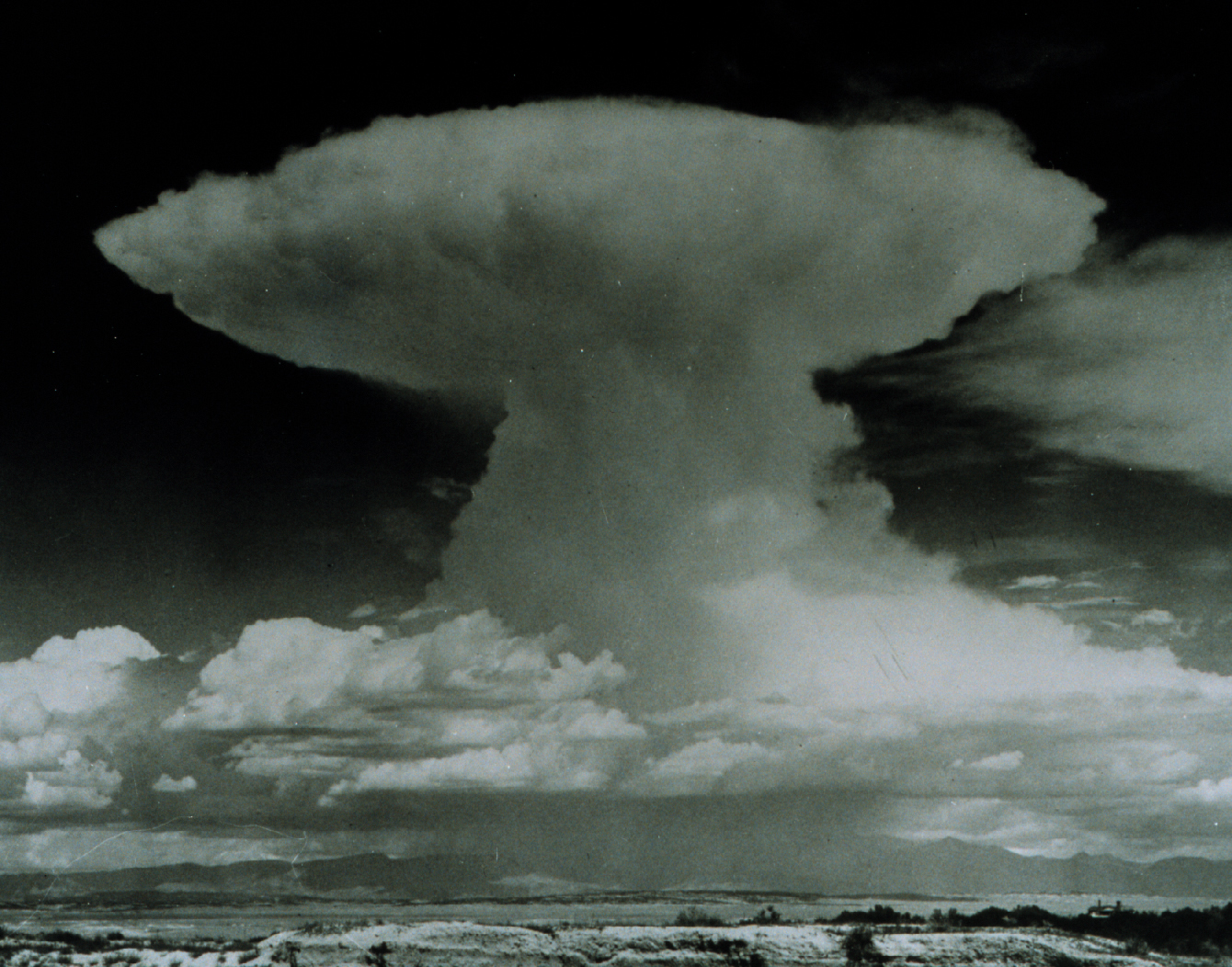
Additionally, storms form north of the equator and spin counterclockwise, while storms south of the equator spin clockwise. It’s different because Earth rotates on its axis.
When the storm system rotates faster, an eye forms in the centre that has low air pressure. Higher-pressure air from above flows down into the eye.
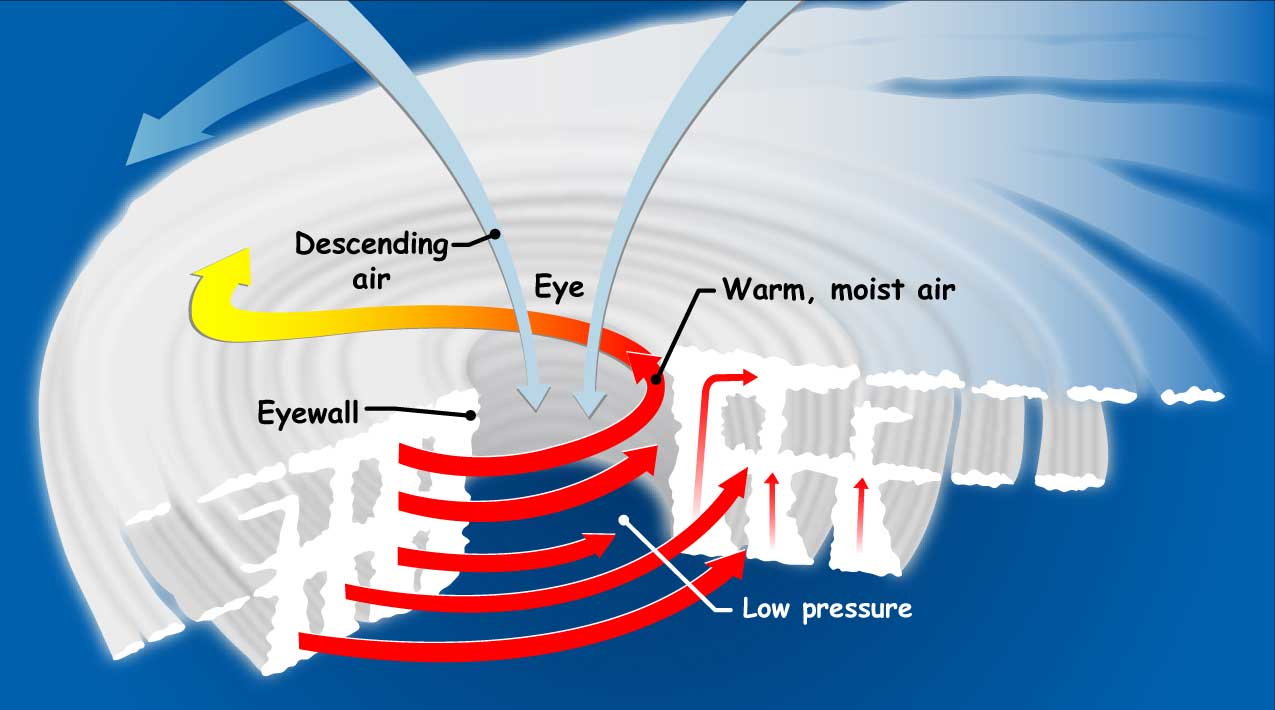
Classifications of hurricanes
Did you know? When the winds in a rotating storm reach 39 mph, it is called a tropical storm. Moreover, when the speed hits 74 mph, the storm is categorised as a tropical cyclone or hurricane.
These are the categories of the cyclone:
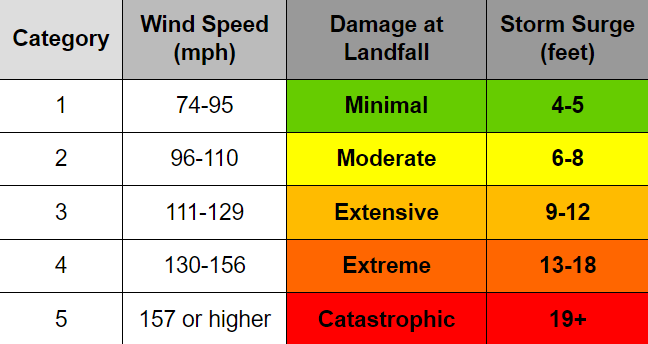
Source: NASA Science Space Place

